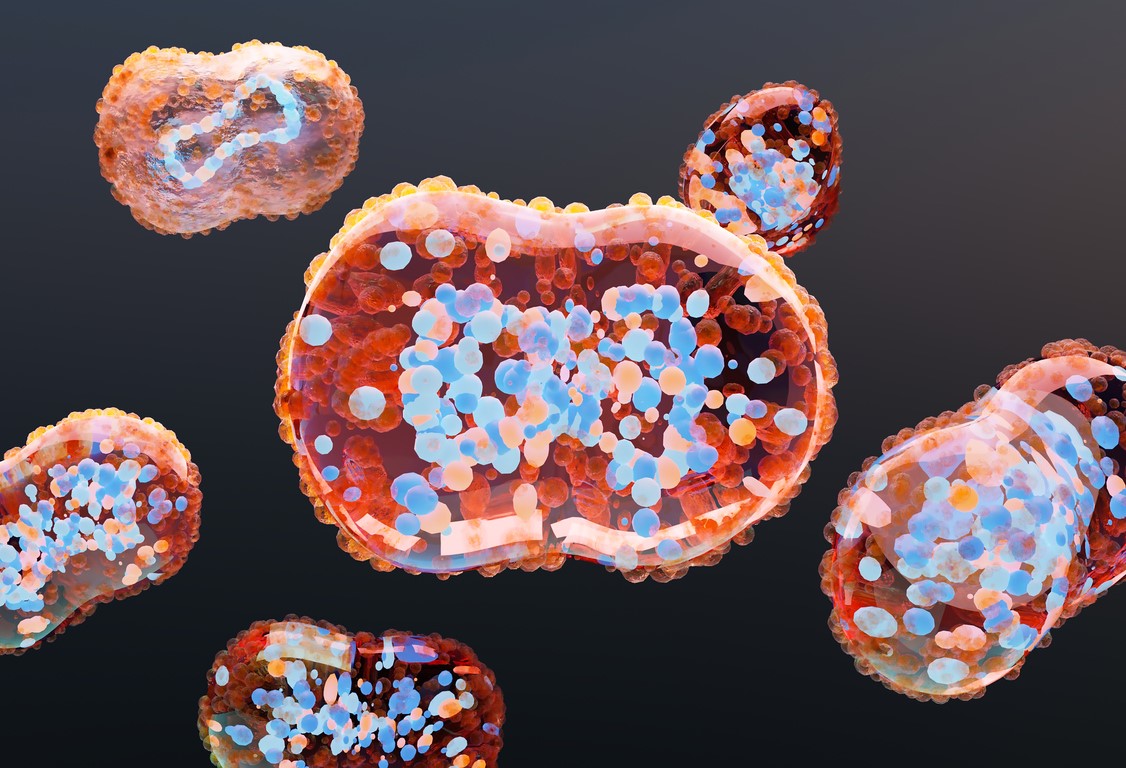 A report today from the Global Hygiene Council (GHC) calls on governments and health officials to direct more focus on infection prevention in their efforts to fight antimicrobial resistance (AMR) and other infectious disease threats.
A report today from the Global Hygiene Council (GHC) calls on governments and health officials to direct more focus on infection prevention in their efforts to fight antimicrobial resistance (AMR) and other infectious disease threats.
The recommendation is one of four suggested steps for improving and sustaining the adoption of good hygiene practices, driving change in public health policies, and boosting preparedness for future pandemics. The steps were identified by a global panel of experts convened by the GHC in 2022.
The other steps include using the hygiene lessons learned from COVID-19—including the importance of hand washing and mask wearing—to guide future public health campaigns, quantifying the economic benefits of hygiene, and establishing good hygiene habits.
The GHC experts agreed at the meeting that hygiene practices to prevent infections, such as targeted surface cleaning of high-contact areas in hospitals, can help reduce the need for antibiotics and should be considered alongside AMR-specific interventions, such as antimicrobial stewardship and the development of new antibiotics. They also urged countries to adapt their national action plans on AMR to include the World Health Organization (WHO) Water, Sanitation and Hygiene (WASH) recommendations for home and community settings.
According to the report, only 11 of 77 national AMR actions plans listed on the WHO website incorporate WASH recommendations for community settings.
A predicted rise in the risk of endemics, epidemics, and pandemics coincides with the rise in antimicrobial resistance.
The report urges future public health campaigns and infection prevention and control policies to ensure access to clean water and hygiene resources to help prevent the spread of infections—including those that are drug resistant—and to provide clear and practical information on evidence-based practices.
"A predicted rise in the risk of endemics, epidemics, and pandemics coincides with the rise in antimicrobial resistance (AMR), often termed the silent pandemic," GHC Chair Elizabeth Scott, PhD, said in the report. "There has never been a greater need to reduce the spread of infectious diseases using effective hygiene practices to safeguard public health."
 A
A  In the latest global mpox developments, Africa has had a 7.4% case increase, with 111 new cases in the most recent 2 weeks; officials report 17 cases in the past month in Europe; and New South Wales (NSW), Australia confirmed its first case in 6 months.
In the latest global mpox developments, Africa has had a 7.4% case increase, with 111 new cases in the most recent 2 weeks; officials report 17 cases in the past month in Europe; and New South Wales (NSW), Australia confirmed its first case in 6 months.














